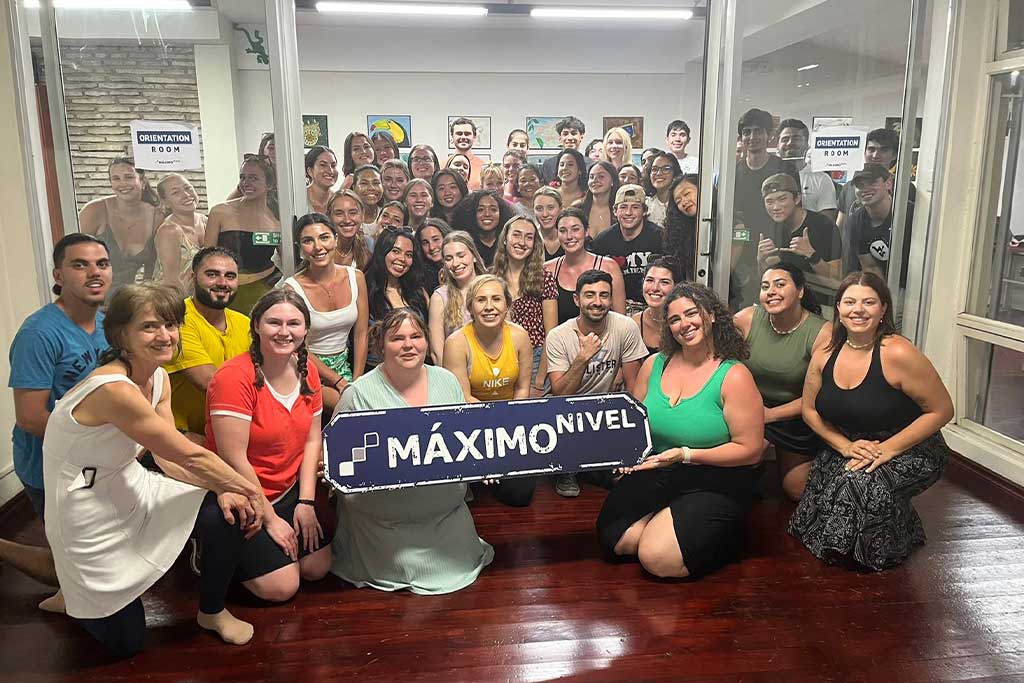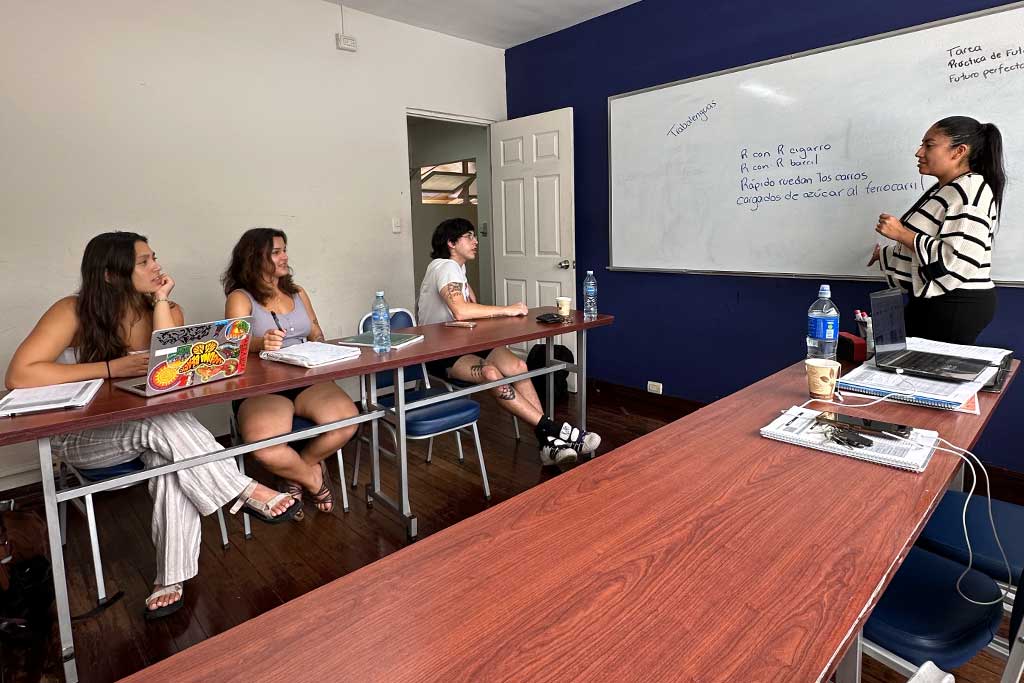I’ve always had a soft spot for animals. Growing up, my house was full of life—three dogs, chickens clucking in the yard, the occasional parakeet, and a curious cat who ruled them all. I knew from a young age that I wanted to work with animals in some way. While becoming a veterinarian didn’t end up being in the cards, I still hoped to find a way to be around animals—and to make a difference.
At the same time, I’d been wanting to improve my Spanish. I’d taken some classes in the past, but I knew that immersion was the only way to really make it stick. That’s when I stumbled upon Maximo Nivel’s programs in Costa Rica. The combination of Spanish classes and animal care volunteering sounded almost too perfect. When I saw there was a volunteer placement at a local dog and cat shelter, I clicked “apply now” without thinking twice.

From the moment I landed in Costa Rica, I felt both excitement and nervous anticipation. The tropical warmth hit me first, followed quickly by the friendly smile of a Maximo Nivel staff member who greeted me at the airport holding a large yellow smiley flag. They drove me to the institute in San José, where I received a detailed orientation. I appreciated how practical and helpful it was—everything from cultural customs to how to navigate public transportation and where to eat. It made me feel supported and at ease from day one.
Soon after, I was welcomed into the home of my host family. I was nervous about the language barrier, but they greeted me with open arms—and a plate of the most delicious homemade gallo pinto I’ve ever tasted. At first, our dinner conversations were a challenge. I’d catch a few words here and there, nod, and smile a lot. But every day, my understanding grew. As I started picking up more vocabulary and grammar in my Spanish classes at Maximo Nivel, I could actually start talking back—and not just with simple phrases. We’d laugh, swap stories, and sometimes talk late into the evening. Those shared meals became the heart of my experience.

Each morning, I volunteered at a local dog and cat shelter. The first time I walked in, I was met by wagging tails, curious eyes, and the unmistakable smell of a space filled with love and a little bit of chaos. My tasks ranged from bathing and brushing the dogs to feeding the cats, assisting with deworming and vaccination days, and keeping the shelter clean and organized. I didn’t perform the medical treatments myself, but I helped manage the flow of people and animals, kept pets calm during the process, and supported wherever I was needed.
There was one dog I’ll never forget, Nacho, a senior lab with wise eyes and a gentle soul. Every day, he’d be waiting for me, tail wagging just slightly. He’d shadow me around the shelter, lie next to me during lunch, and offer a quiet kind of companionship that I didn’t realize I needed. We connected in a way that words—or even Spanish—couldn’t express.
In the afternoons, I headed to Maximo Nivel for two hours of Spanish classes. The immersive format was incredibly effective. My teacher tailored every lesson to our pace and needs, and I felt completely supported as I worked through new grammar, vocabulary, and conversation skills. We often built lessons around what I’d experienced that morning at the shelter or around things I wanted to be able to say to my host family. Learning Spanish this way—practicing in the real world and refining it in class—made everything come together so naturally.

Outside of volunteering and class, I took time to explore San José and the surrounding areas. I practiced Spanish everywhere I went—from ordering empanadas at the feria to chatting with uber drivers. Every small interaction helped me grow more confident. The mix of language, culture, and community made every day feel meaningful and full.
Leaving Costa Rica was surprisingly hard. I didn’t expect to form such deep connections in such a short time—not just with the animals, but with my host family, other volunteers and students at Maximo, and the country itself. I came for Spanish and volunteering, and I left with so much more: a deeper appreciation for Costa Rican culture, a boost in confidence, and a heart full of gratitude.

This experience reminded me that you don’t have to wait for the “perfect time” or a specific reason to travel, volunteer, or learn something new. Sometimes, you just have to say yes. Volunteering while learning Spanish in Costa Rica turned out to be one of the most enriching and heartwarming experiences of my life—and I know I’ll carry it with me wherever I go next.
